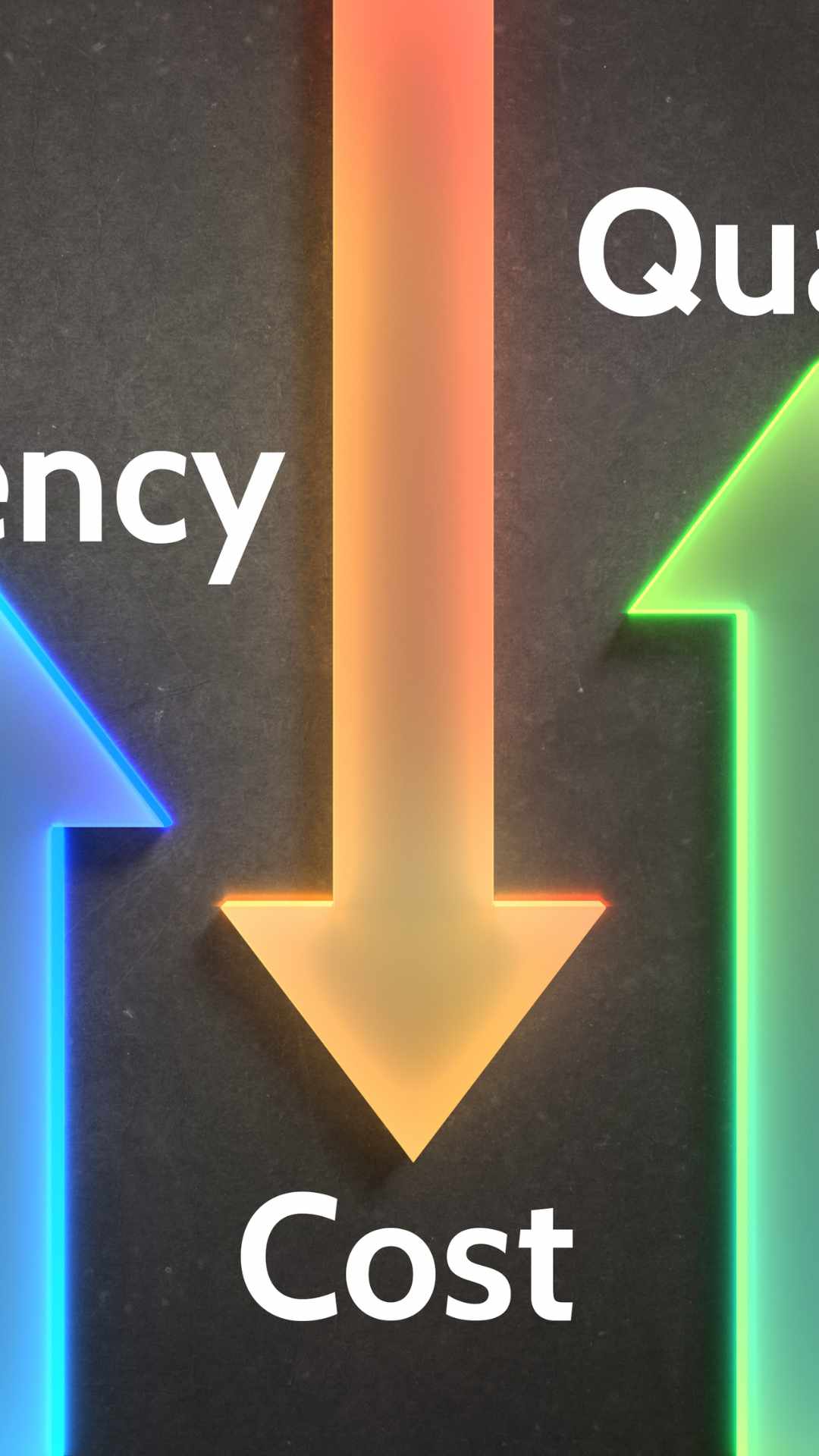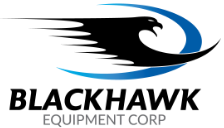After the Audit: Creating and Executing a Prioritized Action Plan for Energy Savings
06/19/2025

Your facility has just completed a professional compressed air system audit. You now have a comprehensive report in hand—a detailed document filled with flow profiles, pressure maps, leak locations, and a list of recommendations. This report is a powerful roadmap to a more efficient, reliable, and cost-effective system. However, its true value is not in the data it contains, but in the action it inspires. As of June 2025, with energy costs and sustainability goals at the forefront of industrial planning, letting that report sit on a shelf is a missed opportunity. The most critical phase of any audit begins after the auditors leave. At Blackhawk Equipment, we partner with our clients not just to identify problems, but to help them build and execute a prioritized action plan that transforms recommendations into tangible results.
Deconstructing the Audit Report: Understanding Your Key Findings
A thorough compressed air audit, like those conducted by Blackhawk’s AirMaster+ specialists, provides a holistic diagnosis of your system's health. Before you can create a plan, you need to understand the key sections of the report:
-
Supply-Side Analysis:

This section focuses on your compressors. The report should detail the efficiency of each unit, often measured in specific power (kW per 100 cfm). It will analyze load/unload cycles for fixed-speed compressors or the performance curve of VSD units. Critically, it assesses your control strategy: are your compressors working together harmoniously, or are they fighting each other, leading to wasted energy?
-
Demand-Side Analysis:
This looks at how air is used throughout your plant. You’ll see your facility's air consumption profile over time—a demand curve showing peaks, valleys, and base load. The report should also identify any inappropriate uses of compressed air (e.g., using high-pressure air for tasks that a low-pressure blower could do) and map out the system-wide pressure profile, pinpointing areas with significant pressure drops.
-
The Leak Summary:
This is often the most impactful section. It shouldn't just be a list of leaks. A good report will quantify the total leak volume (in CFM) and express it as a percentage of your total air demand. Most importantly, it will translate that wasted CFM into a staggering annual cost in wasted electricity. This number is often a powerful motivator for immediate action.
-
Recommendations & Projected Savings:
This is the core of your roadmap. The report will list specific, actionable projects—from simple repairs to capital upgrades—each with an estimated implementation cost, projected annual savings, and a calculated simple payback period or ROI.
Creating the Prioritized Action Plan: A Framework for Success
Faced with a long list of recommendations, the key is prioritization. Not all projects are created equal. A highly effective way to organize your plan is to categorize projects based on their impact (potential savings) and the cost/effort required to implement them.
Quadrant 1: High Impact, Low Cost/Effort (The "Just Do It" List):
These are your immediate priorities. They offer the best and fastest return on investment and build momentum for the entire program.
-
Aggressive Leak Management:
This is almost always the #1 item. The audit has already done the hard work of finding the leaks. The ROI on fixing them is typically measured in months, not years. Establish a formal leak tag and repair program immediately.
-
Reduce System Pressure:
The audit may reveal that your plant’s primary pressure is set higher than necessary to compensate for pressure drops. Every 2 PSI reduction in system pressure can save approximately 1% in compressor energy costs. This is often a simple adjustment to the compressor controller that yields instant savings.
-
Eliminate Inappropriate Uses:
Address any identified misuses of compressed air. This could be as simple as providing shop brooms instead of using air wands for floor cleaning or installing low-pressure blowers for parts drying.
Quadrant 2: High Impact, Higher Cost/Effort (The Strategic Capital Projects):
These projects require budget planning and engineering but offer substantial, long-term savings. The data from your audit is essential for building the business case to secure funding.
-
Compressor Control Upgrades:
If your audit shows multiple compressors are running inefficiently, installing a modern master control system (sequencer) can optimize the entire supply side, yielding significant savings.
-
Equipment Replacement:
This could involve replacing an old, inefficient, or oversized compressor with a new VSD model that can precisely match plant demand, or upgrading to more efficient drying and filtration technology.
-
System Redesign:
For issues like major pressure drops, this might involve projects like installing a "loop" piping system, adding properly located air receivers for storage, or increasing main header pipe diameters.
-
Heat Recovery Projects:
Implementing systems to capture waste heat from compressors for use in process water or space heating.
Quadrant 3 & 4: Lower Impact Projects:
These quadrants include projects with lower savings potential. Lower Impact, Low Cost items are good "fill-in" tasks for the maintenance team, while Lower Impact, Higher Cost projects should generally be the last to be considered, perhaps bundled with other facility upgrades.
Executing the Plan: From Paper to Performance
A great plan is only effective when executed properly.
Assign Ownership and Accountability: Designate a "Compressed Air Champion" – a dedicated person or team responsible for managing the leak program, tracking project progress, and reporting on results. Without clear ownership, action plans can stall.
- Set Timelines and Budgets: For each prioritized item, establish a realistic timeline for completion and a clear budget. Use the ROI calculations from the audit to justify expenditures
- Track Progress and Verify Savings: This step is crucial. Don't just assume the savings will appear. Keep a detailed log of all repaired leaks. Use monitoring equipment (like flow meters from VPInstruments) to measure the tangible reduction in air demand (your new, lower base load). Compare electricity bills before and after major changes are implemented.
- Communicate Success: Share your progress and verified cost savings with management and the entire team. This validates the investment in the audit, builds credibility for future projects, and fosters a culture of energy efficiency.
Blackhawk Equipment: Your Partner from Audit to Execution
The company that understands your system well enough to perform a detailed audit is your ideal partner for executing the solutions. At Blackhawk Equipment, we see the audit as the beginning of the optimization journey, not the end. We support you by:
- Providing Prioritization Guidance: We help you interpret the report's technical data and prioritize actions based on our extensive experience with similar systems.
- Delivering Turnkey Solutions: From professional leak repair services to providing and engineering the installation of new compressors, controllers, dryers, or piping, we can execute the recommendations.
- Offering Custom Fabrication: For system redesigns requiring unique components like skids or manifolds, our fabrication capabilities are a key advantage.
- Verifying the Results: We can help you implement the monitoring tools and strategies needed to measure and verify the savings, proving the project's success and ROI.
Conclusion: Transforming Your Audit from a Report into a Return
A compressed air audit report is a powerful diagnostic tool, but its value remains locked until you act on its findings. By deconstructing the report, building a prioritized action plan based on impact and effort, and executing that plan with clear ownership and tracking, you can transform that data into significant, measurable returns. This proactive approach not only cuts energy costs but also improves system reliability, reduces your carbon footprint, and enhances your plant's overall productivity. An audit isn't an expense; it's the first step in a continuous energy management program.
Contact Blackhawk Equipment to schedule a comprehensive system audit, or if you already have a report, let us help you build and execute the action plan that will deliver the results you need. Let's turn that data into dollars.
